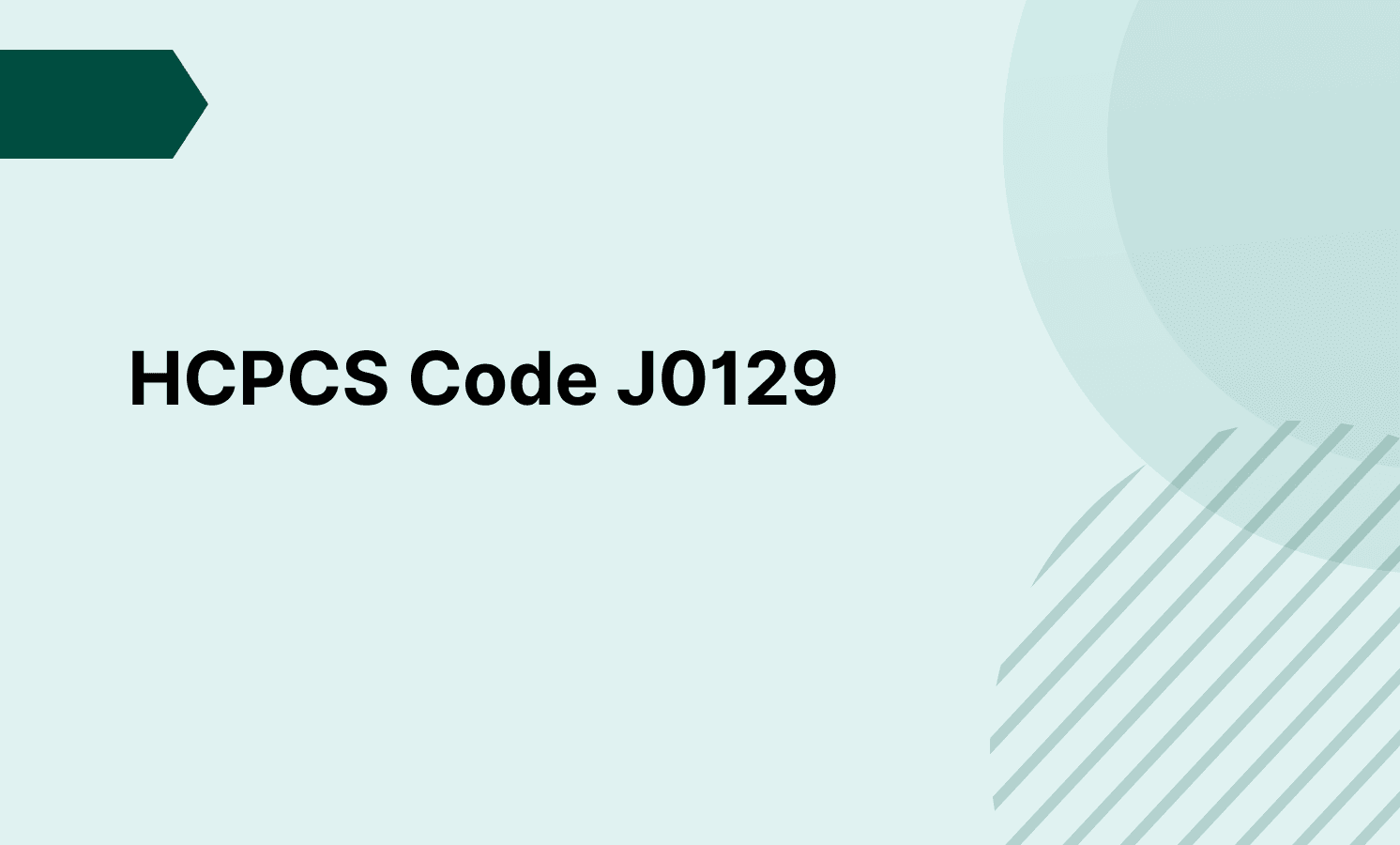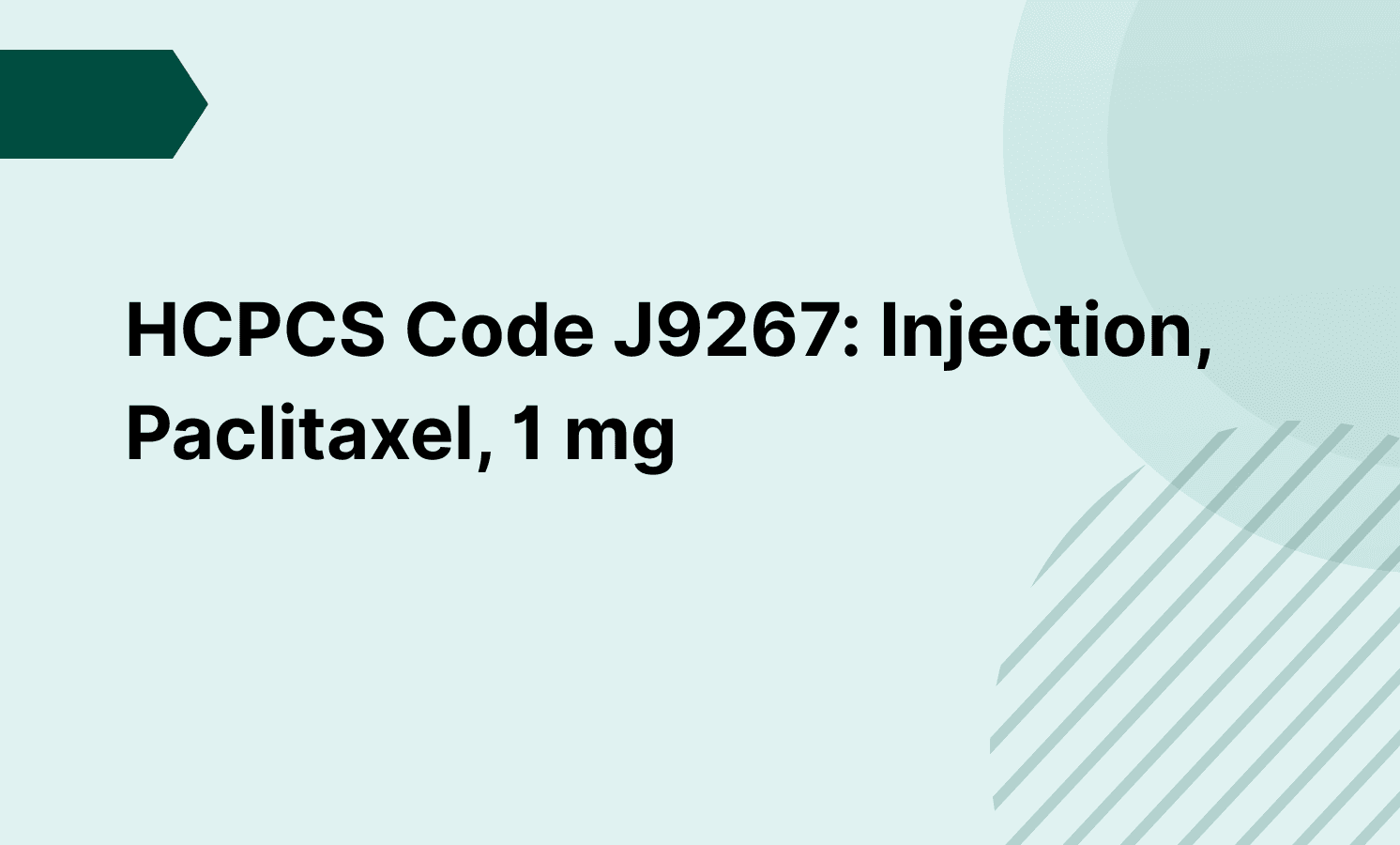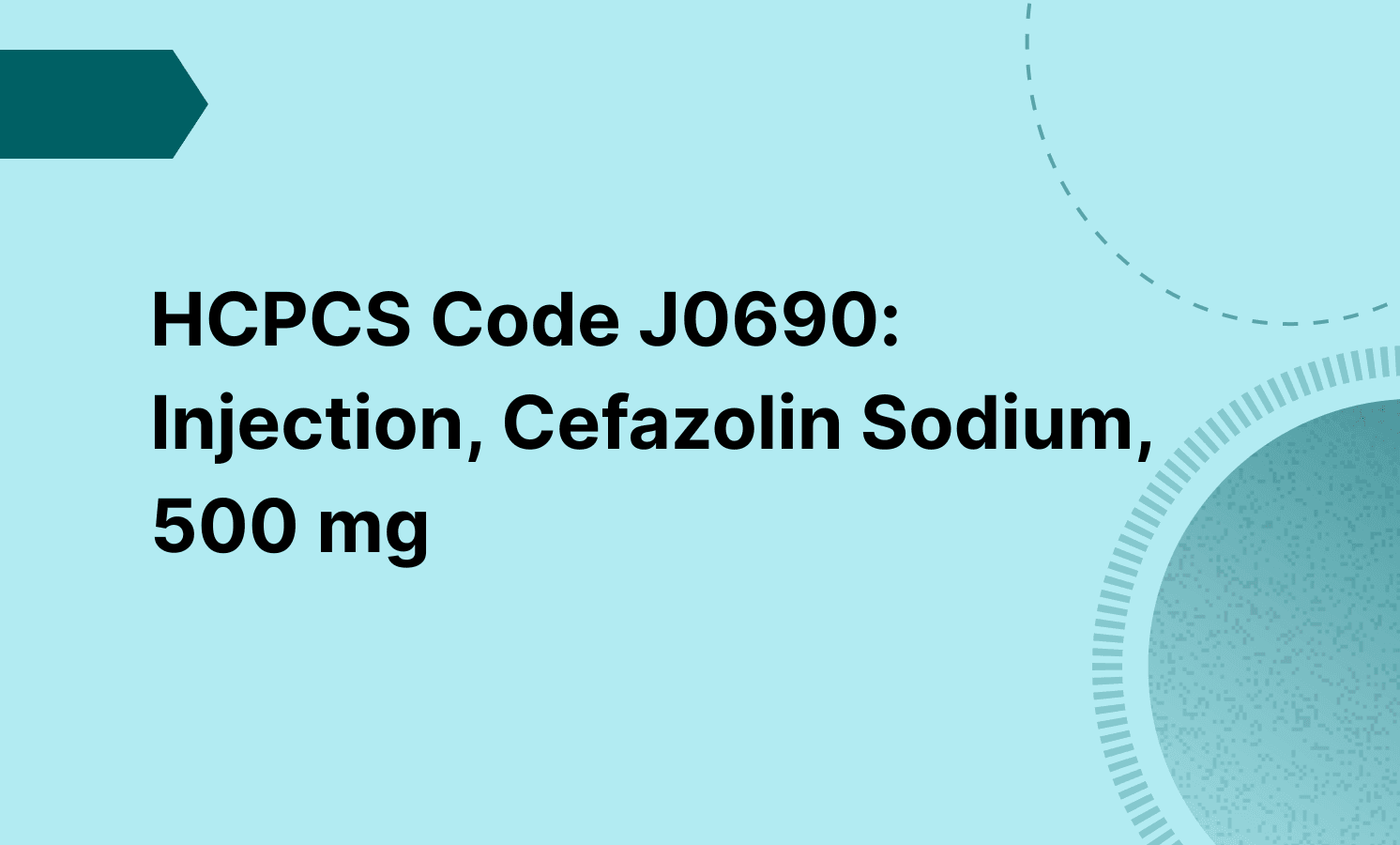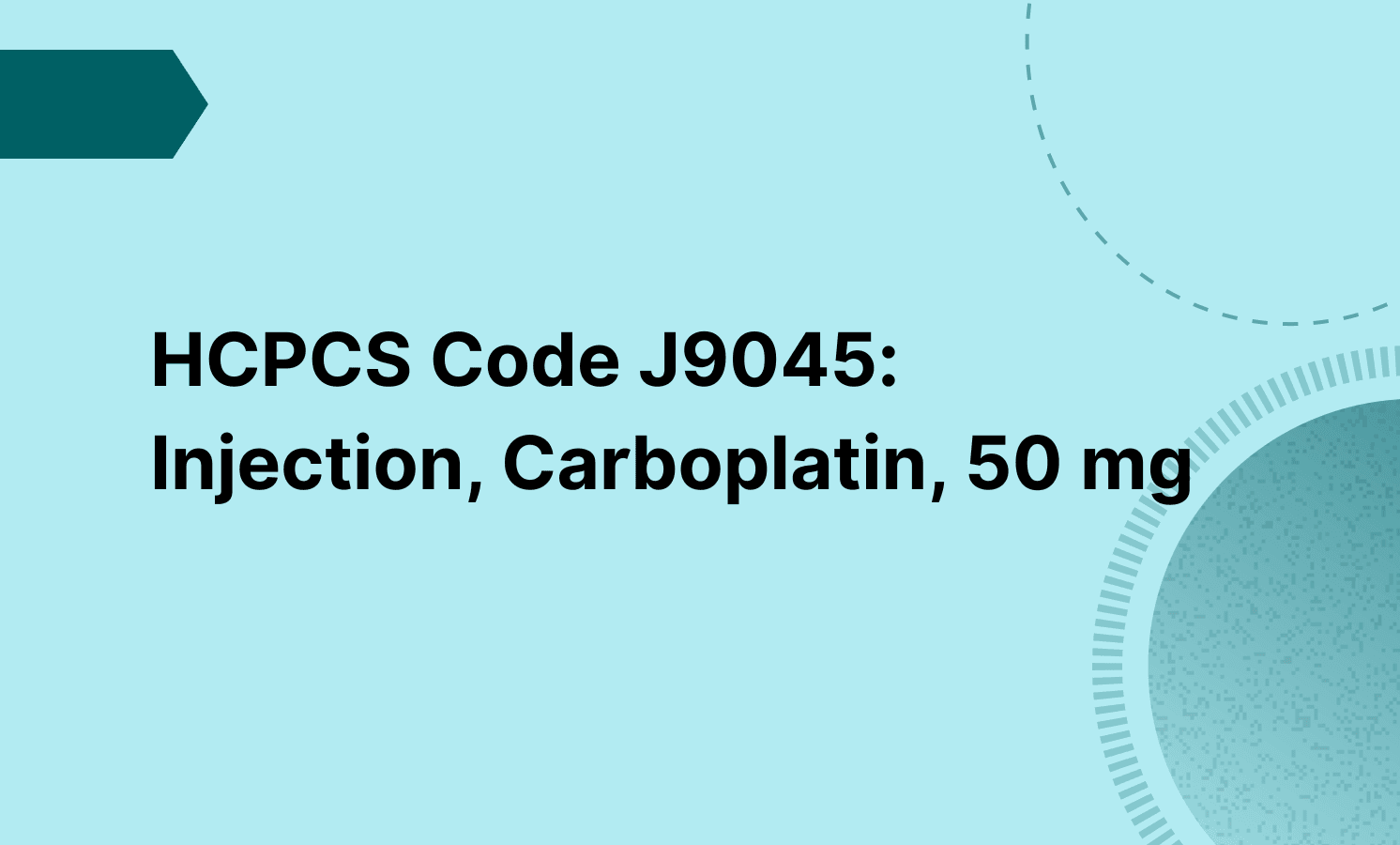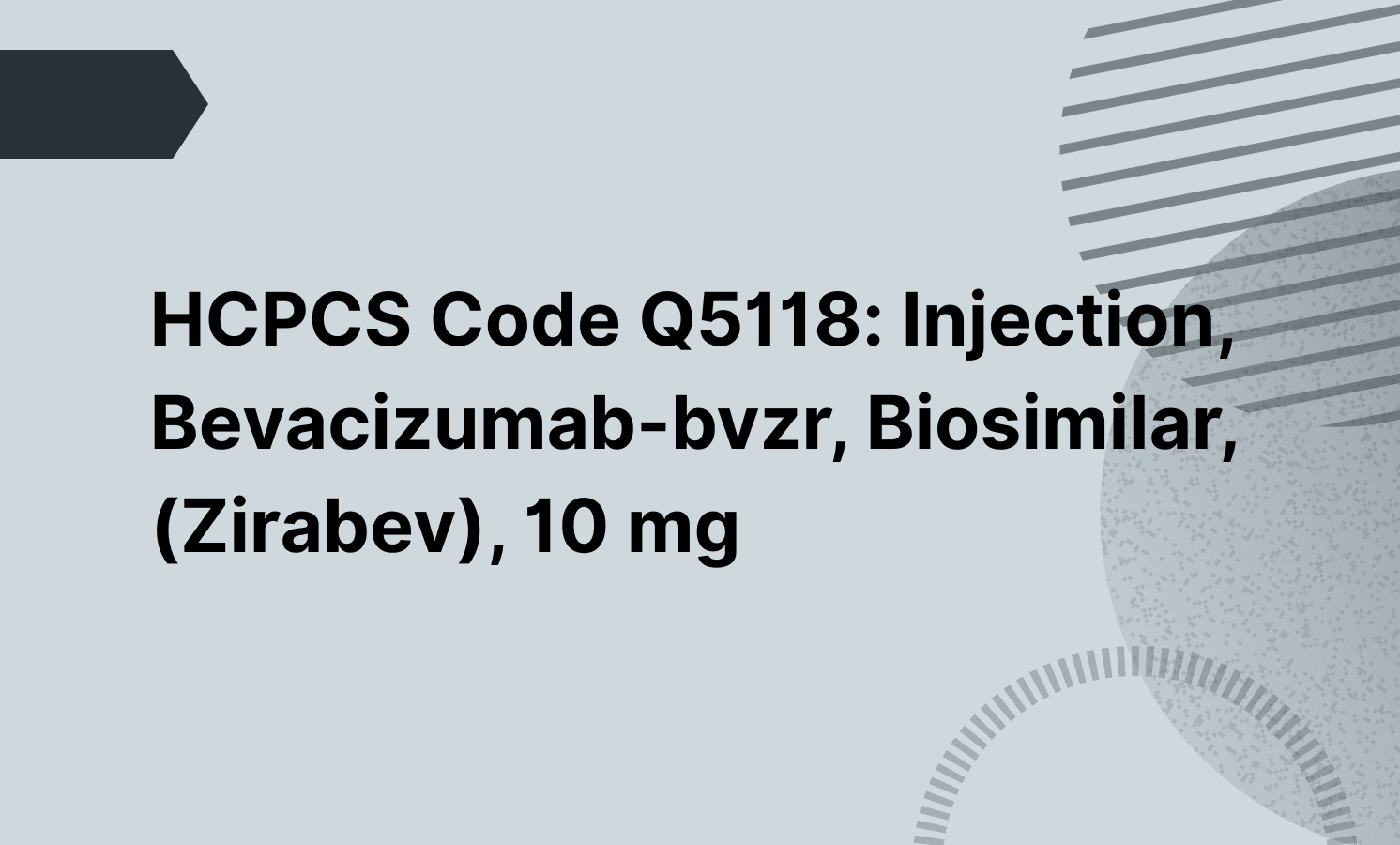Yes, but only once per encounter. The code includes unilateral or bilateral examination.
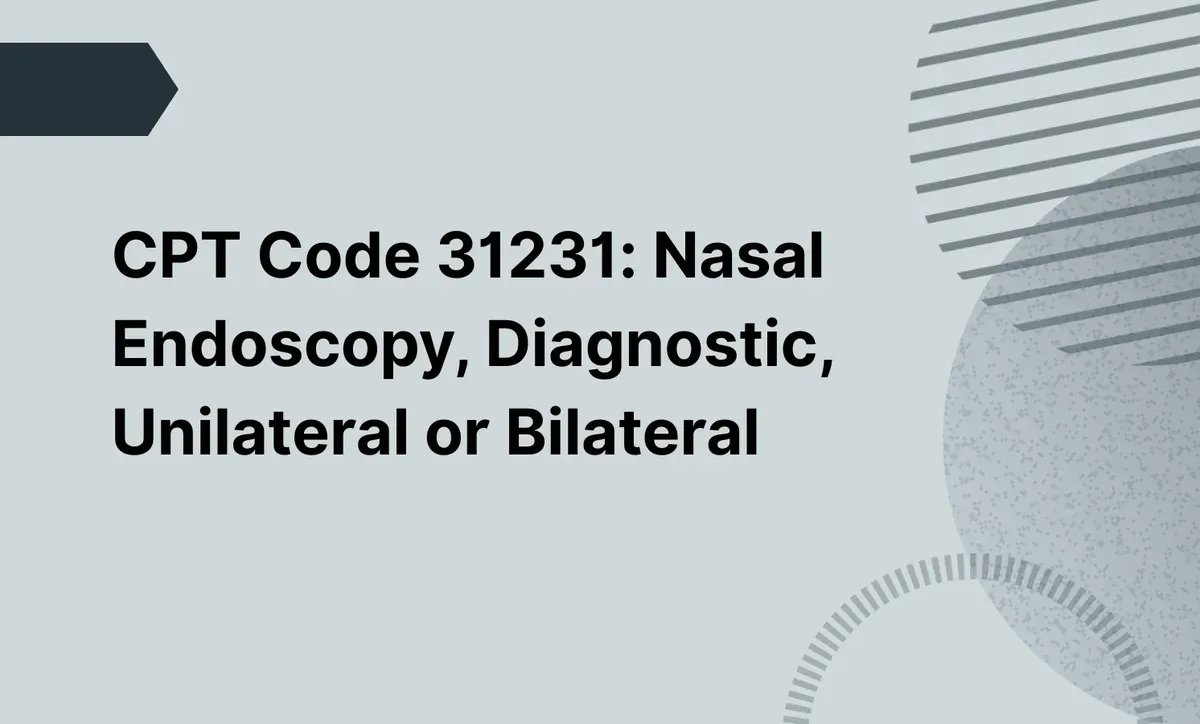
CPT Code 31231: Nasal Endoscopy, Diagnostic, Unilateral or Bilateral
CPT 31231 covers diagnostic nasal endoscopy. Get insights on usage, documentation, and billing guidelines.
Use Code
Frequently asked questions
Yes, diagnostic nasal endoscopy (CPT 31231) is typically performed in-office by ENT specialists using a flexible or rigid endoscope. It allows direct evaluation of the nasal passages, the nasal cavity, and sinus openings.
No, debridement is separately reportable (e.g., 31237).
EHR and practice management software
Get started for free
*No credit card required
Free
$0/usd
Unlimited clients
Telehealth
1GB of storage
Client portal text
Automated billing and online payments


